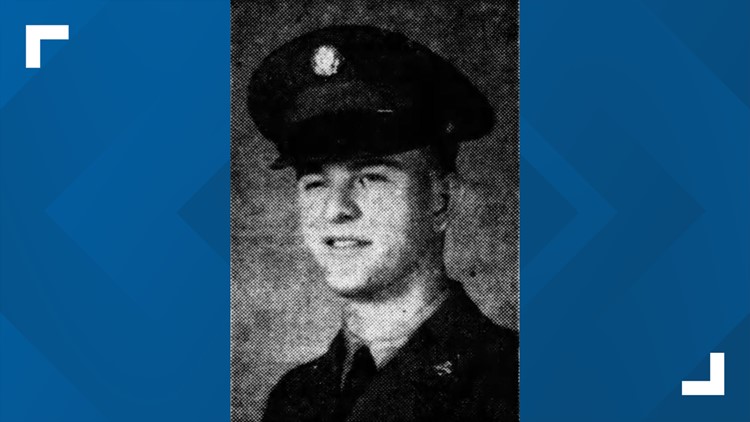NORTHAMPTON, Pa. — The remains of a Lehigh Valley soldier lost in the Korean War in 1950 have been positively identified, the Defense POW/MIA Accounting Agency (DPAA) announced Tuesday.
U.S. Army Pfc. Edward J. Reiter, 17, of Northhampton, was killed in the war in July 1950, the DPAA said.
Reiter was a member of K Company, 3rd Battalion, 34th Infantry Regiment, 24th Infantry Division. He was reported missing in action on July 7 after his unit sustained heavy casualties while defending against the North Korean army’s advance near Ch’onan, South Korea. His body was not recovered because his unit was forced to retreat, nor were any remains found that could be identified as Reiter.
The Army declared him non-recoverable in Jan. 1956 and issued a presumptive finding of death after the end of the war.
In May 1951, two sets of remains were recovered approximately one mile north of Ch’onan. Eventual examination determined one set to be of Asian ancestry and the other, designated X-1091 Tanggok, to be of European ancestry.
X-1091 was unable to be further identified by American Graves Registration Service and was determined unidentifiable in Aug. 1954.
The remains were later transported with all of the unidentified Korean War remains and buried as Unknowns at the National Memorial Cemetery of the Pacific, also known as the Punchbowl, in Honolulu, Hawaii.
In Nov. 2019, during Phase 2 of DPAA’s Korean War Disinterment Project, X-1091 was disinterred from the Punchbowl as part of the planned exhumation of all 53 burials originating from the United Nations Military Cemetery Taejon and the Taejon area, and transferred to the DPAA Laboratory at Joint Base Pearl Harbor-Hickam, Hawaii for analysis.
To identify Reiter’s remains, scientists from DPAA used dental and anthropological analysis, as well as chest radiograph comparison and circumstantial evidence. Additionally, scientists from the Armed Forces Medical Examiner System used mitochondrial DNA (mtDNA) analysis.
Reiter’s name is recorded on the Courts of the Missing at the Punchbowl, along with the others who are still missing from the Korean War. A rosette will be placed next to his name to indicate he has been accounted for.
Reiter will be buried in his hometown in the fall, the DPAA said.



